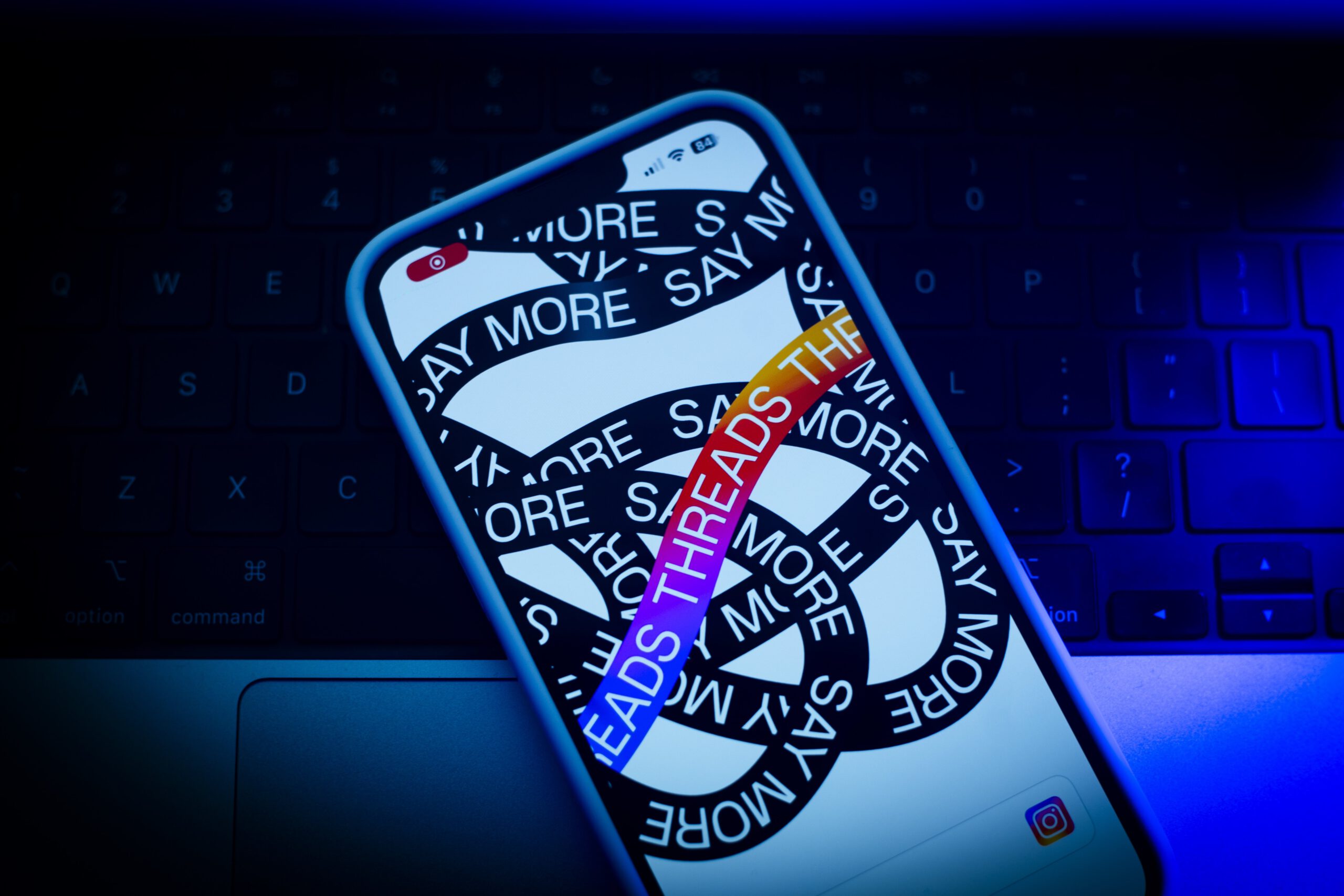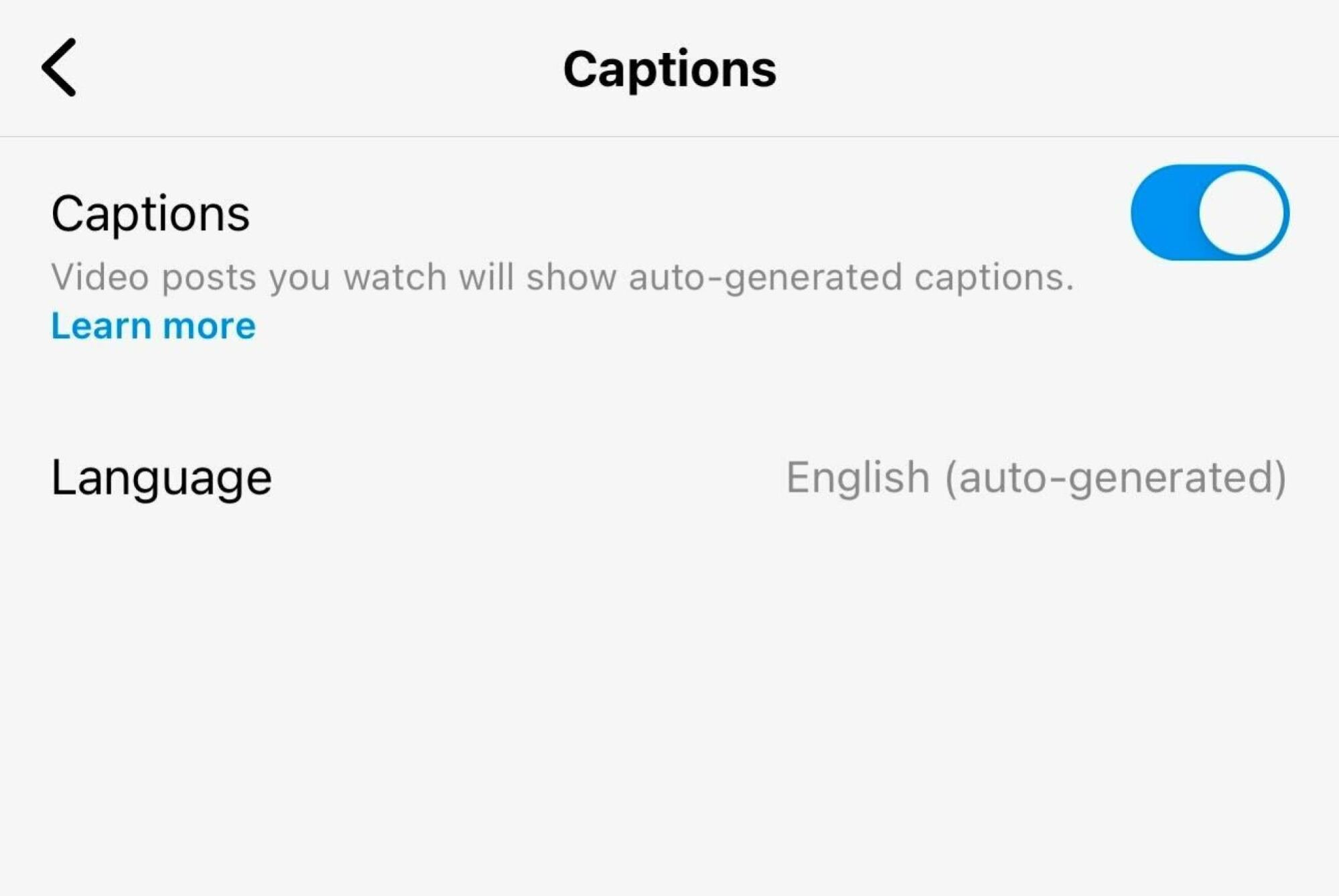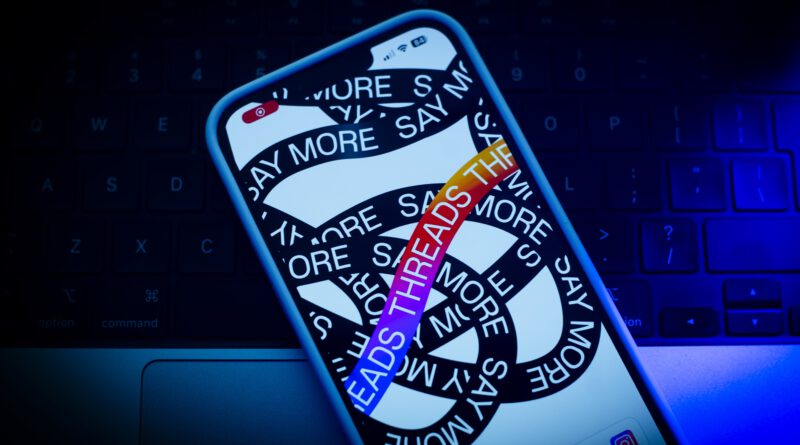Threads launch fails to prioritize accessibility

While the internet is abuzz with talk of Meta’s new Twitter competitor, Threads, a significant portion of migrating users are already frustrated, and not because of annoying notifications or the inability to delete just your Threads account.
Instead, in a strange step back for the tech giant, the hours-old platform — unabashedly attempting to poach Twitter’s migrating user base — doesn’t seem to accommodate those with disabilities well, offering few accessibility tools, customization options, or site policies on its accessibility features at large.
Accessibility advocates (self-designated as the “#A11y community” online) and web experts have long argued that accessible platform design starts at the very beginning of development. It’s part of the principle of Universal Design, which promotes environments and tools that prioritize use by all people without the need for specialized accommodations.
Over the years, websites have turned to international standards, like those set by the World Wide Web Consortium (W3C), and, while slow on the initial uptake, social platforms have followed suit.
“Digital platforms have a responsibility to be inclusive, and it is essential that accessibility is at the forefront of their design considerations,” explained Allon Mason, CEO and founder of web accessibility company UserWay.
But Meta seemed to forgo this industry shift in the development of its new Twitter rival, users say.
“Threads, being a platform focused on text, image, and video sharing, should make accessibility a priority,” Mason told Mashable. “Unfortunately, it seems that any accessibility features present in the app are not easily discoverable, and there is a lack of an accessibility statement that would clarify the app’s commitment to digital inclusion.”
Although the company noted in its Threads announcement, “The core accessibility features available on Instagram today, such as screen reader support and AI-generated image descriptions, are also enabled on Threads,” the new social hub’s first iteration lacked other basic accessibility features that even its own sister platforms (Instagram and Facebook) have made a point to add — and users with disabilities are hesitant to fully commit to the new platform. Here’s where they say it needs work:
Threads doesn’t allow user-generated alt text for images
Almost immediately upon Threads’ launch, users noticed the lack of user-side alternative text features, which help blind and low-vision users access visual content on websites.
Alt text has become a basic standard in assessing a site’s functionality and commitment to serving users with disabilities. Many companies have instituted a process of adding automatic, AI-generated alt text for images posted to their sites, including an in-house system used by all Meta platforms, but what’s more helpful to many is the ability to add customizable alt text that’s generated by users themselves. The feature is also a big step towards normalizing digital accessibility within broader user bases.
“Additionally, the 500-character limit on text descriptions hinders the provision of comprehensive alt text, which is crucial for users with visual impairments. Insufficient alt text can exclude users, particularly when dealing with complex images,” Mason explained.
Both Twitter and the beta version of Bluesky, created by Twitter founder and former CEO Jack Dorsey, allow customizable alt text fields for user-posted images. In addition, Twitter users are prompted to add alt text before posting images, and Bluesky offers a setting that blocks a user from sending a post until alt text is added.
Threads doesn’t provide custom captioning options for videos
Upon initial launch, Threads users had no option to add their own captions to their videos, either, with users opting to upload third-party, pre-captioned videos to their feeds to bypass the lack of captioning tools.
Mason and the team at UserWay also noted the absence of subtitled videos in Threads’ early launch. “While it is possible to add descriptions to the thread when posting, the inability to include subtitles for videos is a major oversight. This exclusion prevents individuals with hearing impairments from fully engaging with the content and enjoying the digital experience.”
The app currently has a settings option to turn auto-generated captions on for videos you watch, Mashable noted.

Automatically-generated and custom captions are available for videos posted to Instagram, Facebook, Twitter, and non-Twitter rivals like TikTok.
For more accessibility stories in your inbox, sign up for Mashable’s Top Stories newsletter today.
Threads lacks a desktop version for third-party access
Threads is currently a mobile-only app, limiting access for users who prefer or only use larger desktop screens. It also inhibits those who use desktop-specific accessibility features, plug-ins, or mobility devices.
Threads has no dynamic font, text features, or other customizability
Broadly, Threads also lacks accommodations for custom screen changes intended to improve a site’s readability, including dynamic text, font scaling, color contrast, or other features that could reduce eye strain for some users.
All of these missteps could easily be fixed in future Threads updates — and it appears the app has already been making changes within its first 24 hours. Meta also noted plans for future integration with ActivityPub, an open social networking protocol established by the W3C, that the company hopes will enable cross-platform integrations — which could improve user experience.
But the lack of attention to users with disabilities in its initial launch doesn’t bode well for a new Meta platform attempting to counter the failures of its progenitor.
“If Meta’s Threads was born as an alternative to Twitter, we advocate strongly that Meta engage their accessibility team, as Twitter infamously fired their accessibility team shortly after their acquisition,” Mason said. “We strongly urge Meta to prioritize the implementation of a comprehensive set of accessibility features as soon as possible. Highly descriptive alt text and high-quality subtitles would ensure that everyone, including users with disabilities and the elderly, can fully engage in conversations and enjoy digital experiences without encountering barriers.”
With founder Mark Zuckerberg claiming his new Twitter clone will “focus on kindness,” it’s unclear exactly how accessibility fits into Threads’ definition of inclusivity.
“Social media is meant for all of society,” said Mason, “including the 1 in 5 individuals living with disabilities.”
While you’re here, Mashable has some handy guides that might make your arrival on Threads a little smoother:
